6 Domains Of Cognition: The Heick Learning Taxonomy
The Heick Learning Taxonomy can be used to guide planning, assessment, curriculum design, and self-directed learning.
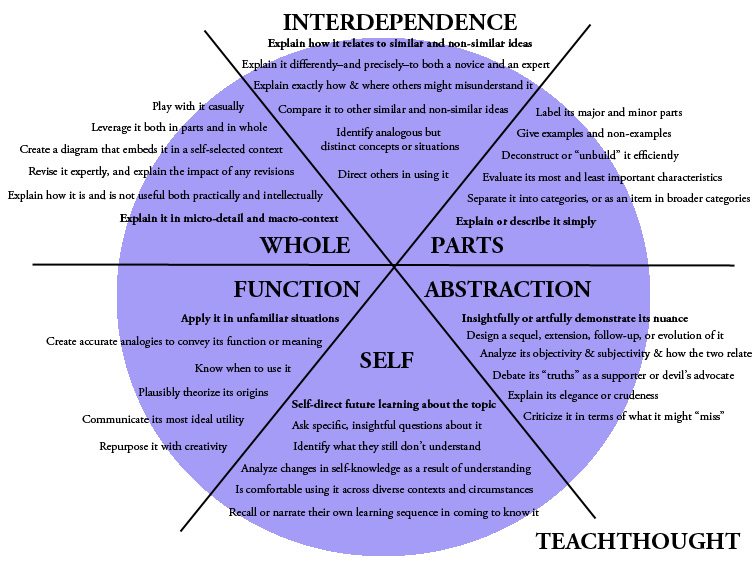
The Heick Learning Taxonomy can be used to guide planning, assessment, curriculum design, and self-directed learning.

Reading is personal but we often focus on the mechanics instead of the people and the strategies instead of the living and breathing happening around us.
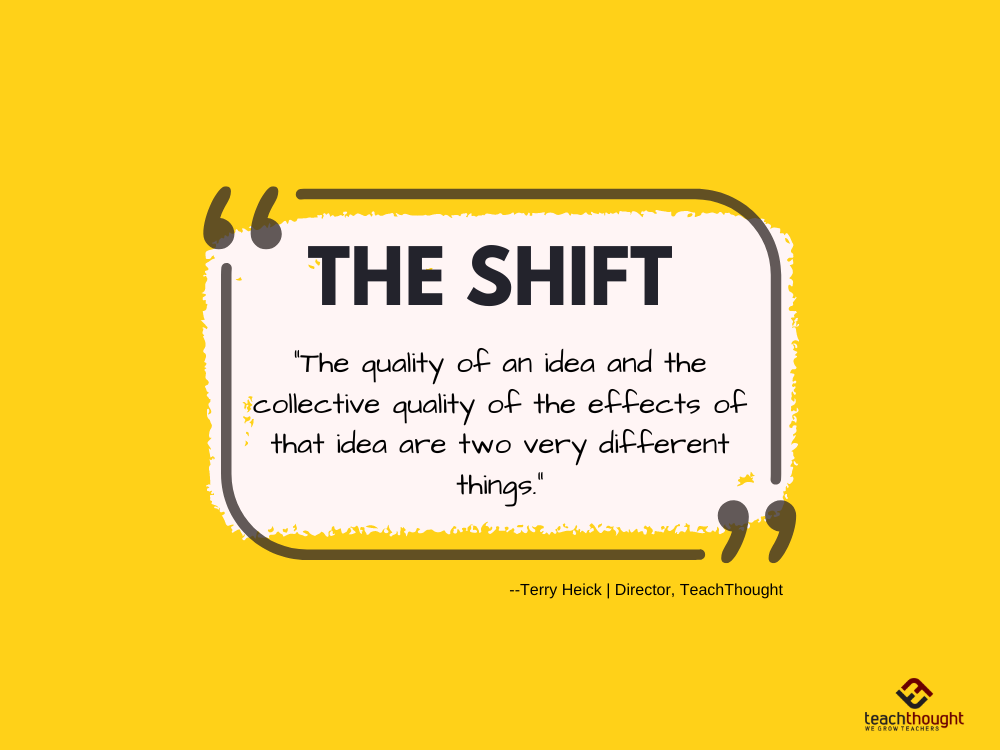
Social-Emotional Teaching is every bit as important as Social-Emotional Learning. Teaching matters and teachers matter
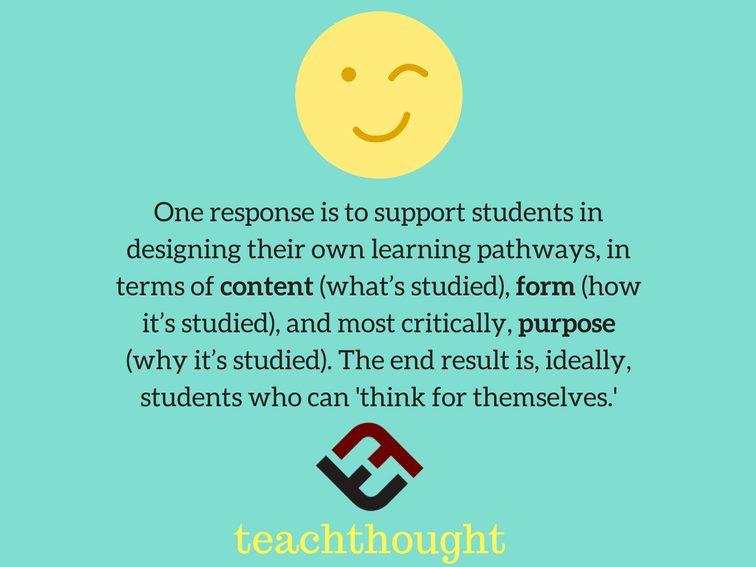
Out of all of the ideas and circumstances and knowledge and information that you encounter on a daily basis, what’s worth understanding?
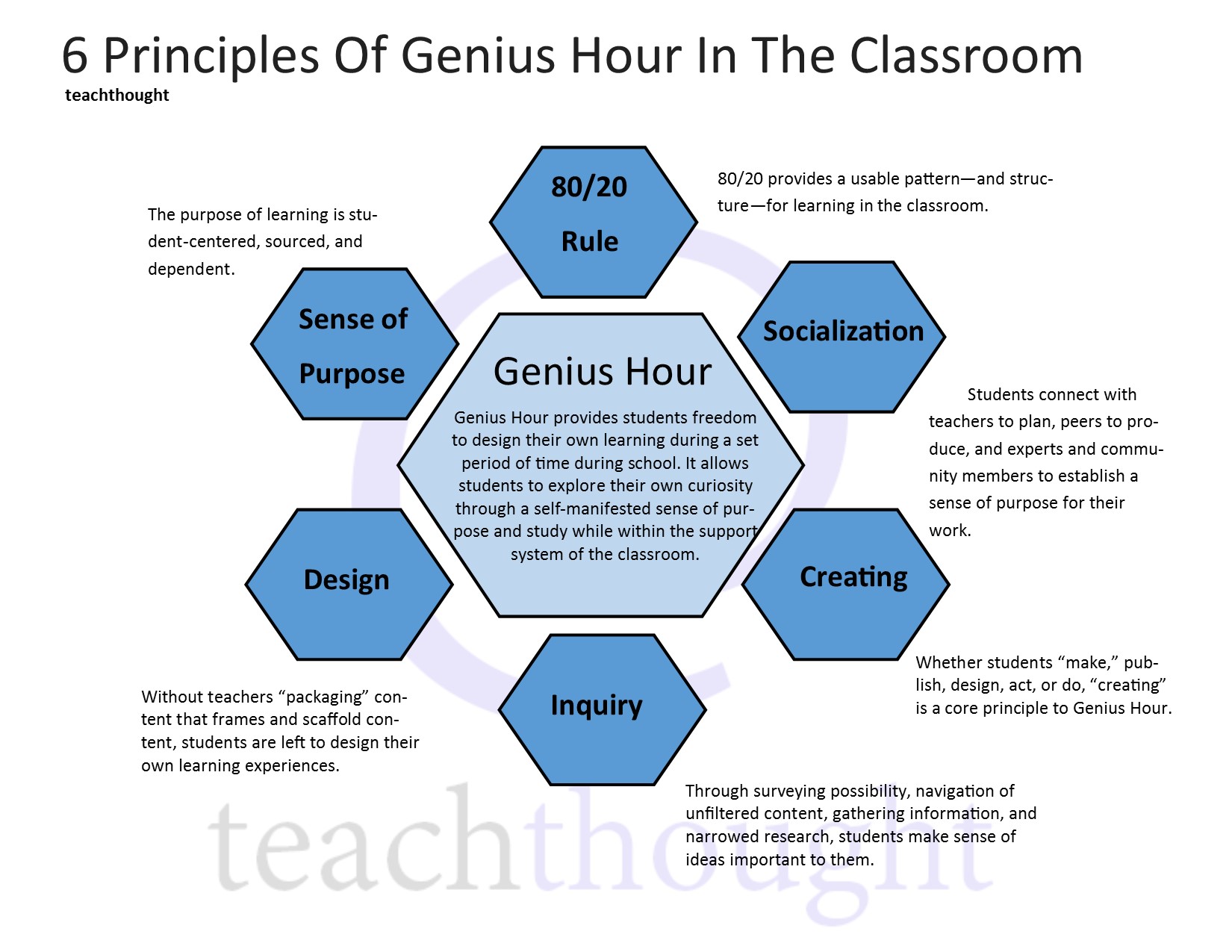
Genius Hour in the classroom is driven by curiosity. Critical principles include inquiry, purpose, socialization, and design.

Our task? Overcome a child’s natural tendency to play, rebel, and self-direct in hopes of providing them with an ‘education.’
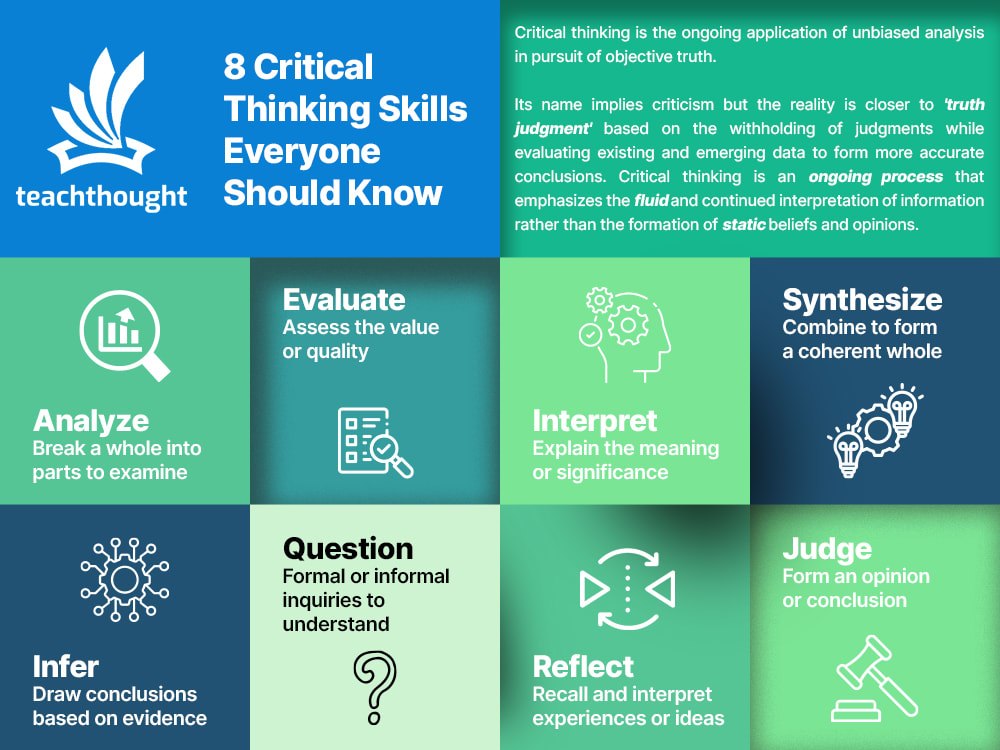
The most important critical thinking skills include analysis, synthesis, interpretation, inferencing, and judgement.

Grading problems still surfaced, but with a system in place, it was easier to identify what went wrong and communicate why to students.
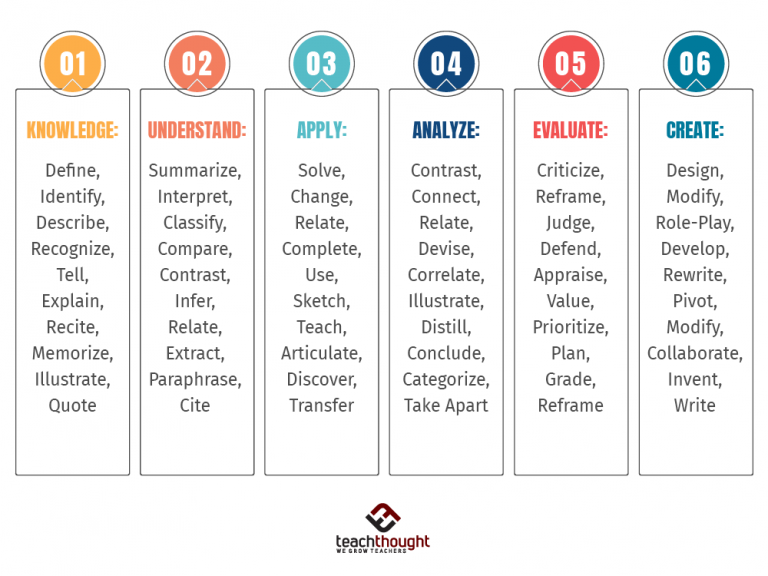
Discover 100+ Bloom’s Taxonomy verbs, organized by cognitive level, to write objectives, design assessments, and strengthen critical thinking in any subject.
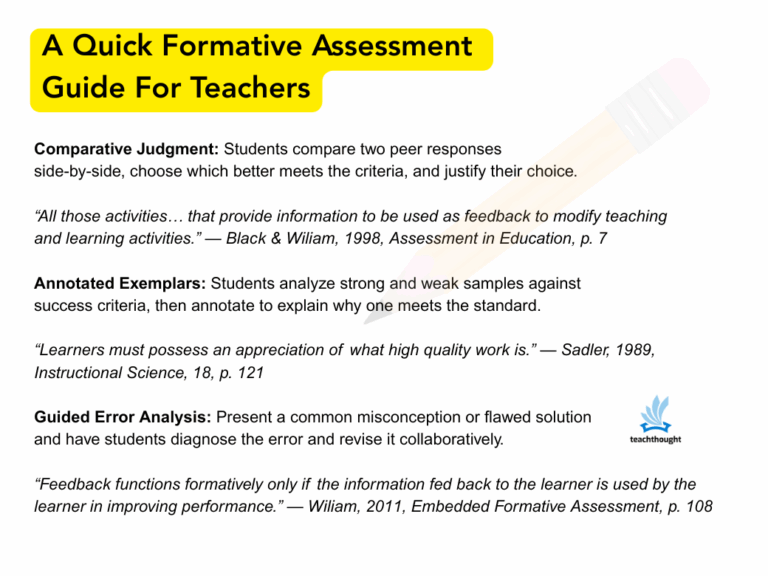
A guide for Formative Assessment: A clear definition, classroom strategies, benefits for using it in the classroom.

“I prayed what I saw was only fear & no foretelling, for I saw the last known landscape destroyed for the sake of objective…”

“Compassion for yourself is letting the stones fall and seeing that you are no longer the one who stumbled — you are the one who learned.”